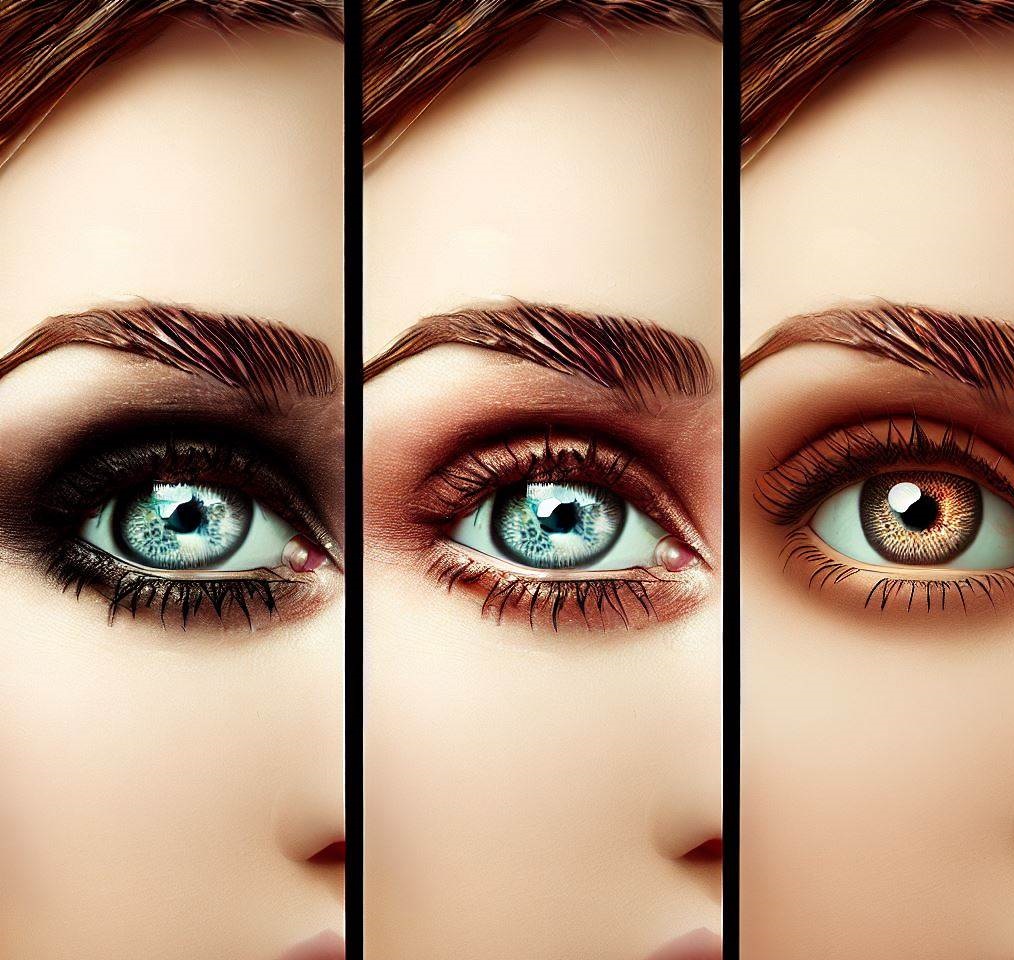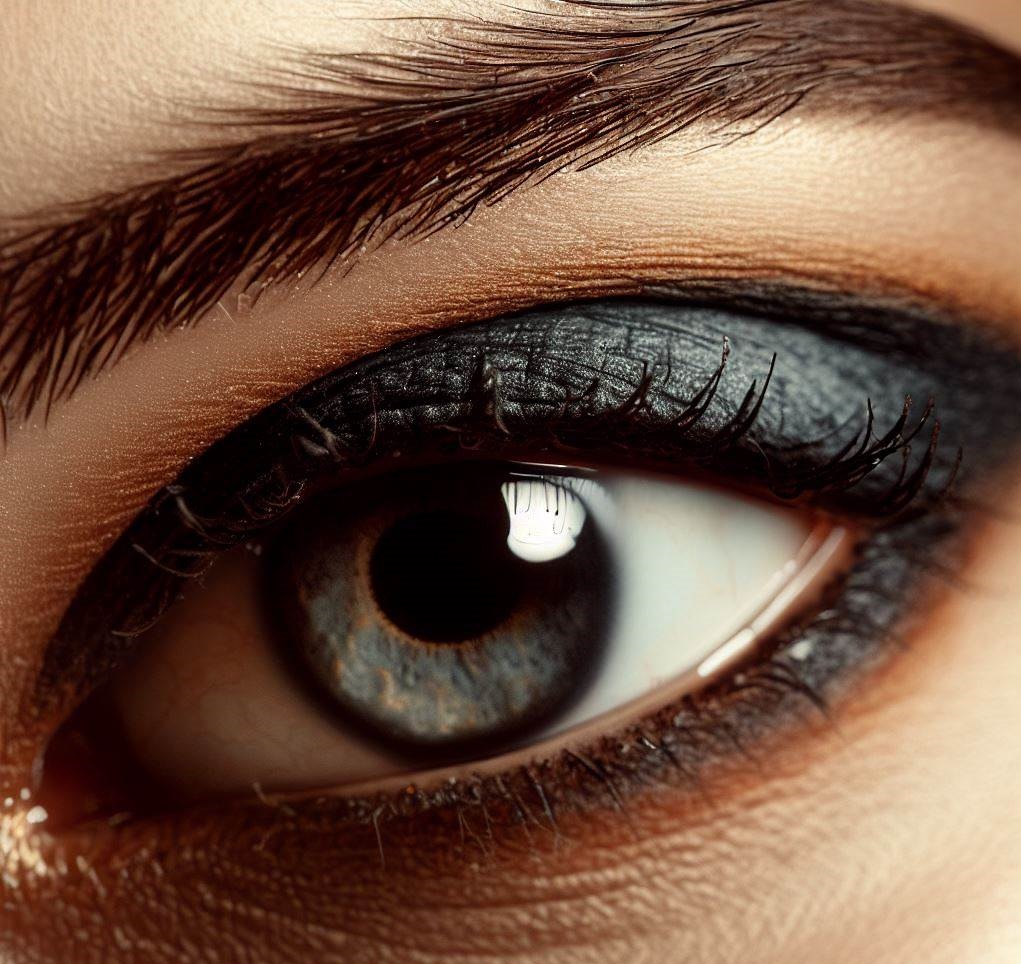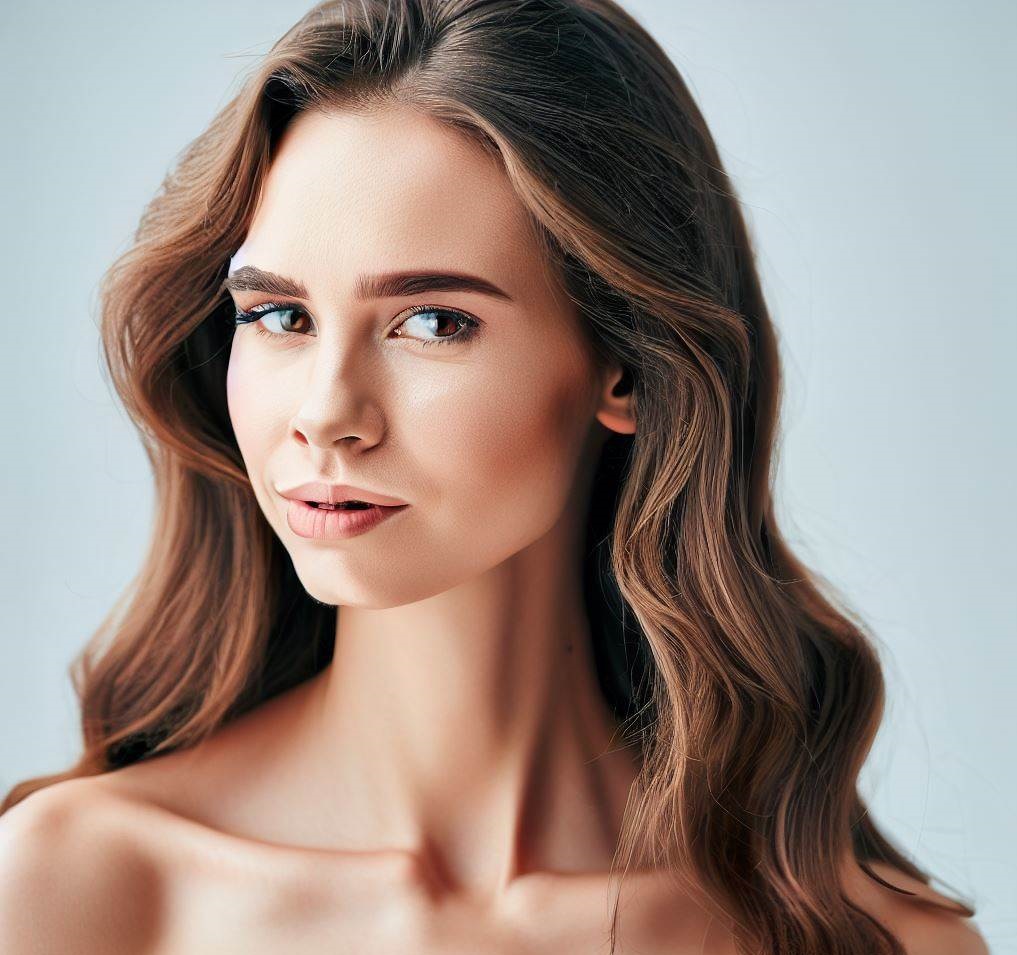
Introduction to Eye Cosmetics
Understanding Eye Cosmetics
Eye cosmetics, also known as makeup, encompass a wide range of products used for enhancing the appearance of the eyes. These products include mascara, eyeliners, eyeshadows, and more. Understanding the purpose and proper use of eye cosmetics is essential for achieving desired aesthetic effects.
Importance of Eye Cosmetic Safety
While eye cosmetics offer various benefits, it is crucial to prioritize safety when using these products. The ingredients present in eye cosmetics can have an impact on ocular health, making it essential to be aware of potential risks and adhere to safety guidelines.
Evolution of Eye Cosmetics
Eye cosmetics have a rich history that dates back to ancient civilizations. From the use of kohl in ancient Egypt to modern-day innovations, the evolution of eye cosmetics has been influenced by cultural, social, and technological advancements.

Cosmetic Ingredients and Safety
Understanding Cosmetic Ingredients
Eye cosmetics contain a diverse range of ingredients that serve specific functions, such as colorants, emollients, and preservatives. Familiarizing oneself with these ingredients is important for making informed choices and avoiding potential allergens or irritants.
Impact of Cosmetic Ingredients on Ocular Health
Some cosmetic ingredients can pose risks to ocular health, including allergies, irritations, and other adverse reactions. Being aware of potential sensitivities and reading product labels can help prevent unwanted ocular effects.
Safety Regulations for Eye Cosmetics
Regulatory bodies around the world have established guidelines and regulations to ensure the safety of eye cosmetics. These regulations govern aspects such as labeling requirements, manufacturing practices, and testing procedures to protect consumer health.
Makeup Applicators and Techniques
Role of Makeup Applicators
Makeup brushes and sponges are commonly used to apply eye cosmetics. Understanding the different types of applicators and their impact on ocular health is essential for maintaining good hygiene and achieving desired makeup results.
Potential Risks of Makeup Applicators
Improper use or unclean makeup applicators can harbor bacteria, leading to potential eye infections or irritations. Regular cleaning and proper storage of applicators are crucial for minimizing these risks.
Best Practices for Makeup Application
Mastering the art of makeup application involves adopting proper techniques and hygiene practices. From selecting the right brush to achieving precise eyeliner application, following best practices can enhance both the safety and effectiveness of eye cosmetics.

Impact of Eye Cosmetics on Ocular Health
Adverse Effects and Ocular Surface Disease
The use of eye cosmetics can have various adverse effects on ocular health, ranging from mild irritations to ocular surface disease. Understanding the potential risks associated with eye cosmetics is crucial for both consumers and healthcare professionals.
Importance of Product Quality and Formulation
High-quality eye cosmetics prioritize safety and efficacy through rigorous testing and careful formulation. Investing in reputable brands and products that meet regulatory standards can significantly reduce the risk of adverse effects and promote ocular health.
Ocular Surface and Adnexal Disease
Eye cosmetics have been associated with the development or exacerbation of ocular surface and adnexal diseases. These conditions can include infections, inflammation, allergies, and even trauma. Understanding the potential links between cosmetic use and these diseases is crucial for proper management and prevention.
Regulations and Consumer Awareness
Global Cosmetic Regulations
Different countries and regions have specific regulations governing the production, labeling, and distribution of eye cosmetics. Familiarizing oneself with these regulations can empower consumers to make informed choices and ensure the products they use comply with safety standards.
Consumer Awareness and Education
Promoting consumer awareness and education is vital for fostering safe practices in using eye cosmetics. This includes understanding product labels, recognizing potential allergens, and staying updated on the latest safety guidelines and information.
Conclusion and Recommendations
The Lifestyle Challenge of Eye Cosmetics
The use of eye cosmetics represents a lifestyle challenge, as it involves making informed choices and taking necessary precautions to prioritize ocular health. By understanding the ingredients, proper application techniques, and safety regulations, individuals can enjoy the benefits of eye cosmetics while minimizing potential risks.
Empowering Consumer Safety
Consumer safety should be a shared responsibility between regulatory bodies, manufacturers, and individuals. By promoting transparency, education, and adherence to safety regulations, the cosmetic industry can empower consumers to make safe choices and protect their ocular health.
Future Directions
Continued research and advancements in the field of eye cosmetics are crucial for addressing existing gaps in knowledge and further improving safety standards. Collaboration between scientists, healthcare professionals, and industry stakeholders is essential to drive innovation and ensure the ongoing safety and efficacy of eye cosmetics.
In conclusion, eye cosmetics offer a multitude of options for enhancing the beauty of the eyes. However, it is essential to prioritize safety and adhere to proper usage guidelines. By understanding cosmetic ingredients, choosing reputable brands, practicing good hygiene with makeup applicators, and staying informed about regulations, individuals can enjoy the benefits of eye cosmetics while safeguarding their ocular health.

[…] allows them to serve a larger number of patients and produce higher-quality services. The benefits of scale economies are particularly evident in regions with a higher volume of patients, enabling them to provide […]